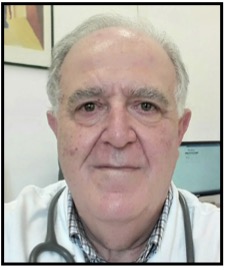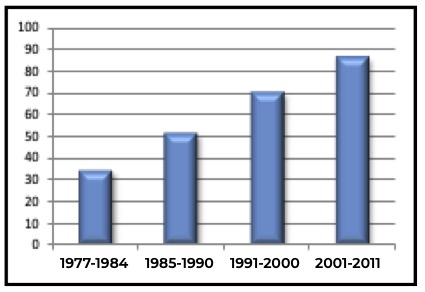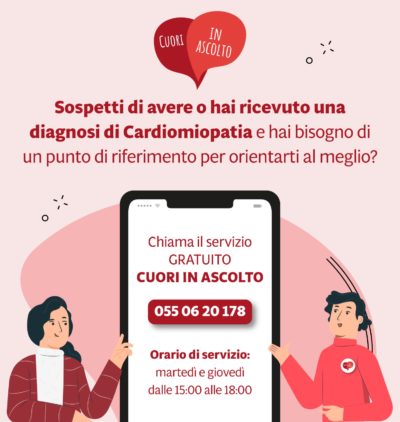Dr. Gabriel Castles, Cardiomyopathies Unit - AOU Careggi Florence

Dr Gabriel Castelli
Idiopathic Dilated Cardiomyopathy has always been considered a very serious condition, with mortality rates comparable to those of some of the most important neoplastic diseases. In the 80s, 5-year survival was less than 50%! In about half of the cases the death was attributable to an intractable evolution of the severity of Heart Failure, while in the other half it was linked to cardiac arrest caused mostly by Ventricular Fibrillation.
Fortunately, the new therapeutic interventions have radically changed the evolution of this disease and made possible a marked improvement in survival and quality of life. In particular, there are numerous new drugs, initially introduced for the treatment of arterial hypertension, for which the utility has been demonstrated in patients with Heart Failure: ACE inhibitors and Angiotensin receptor blockers (Sartani), but above all the beta-blocking drugs. Further recent improvements have been achieved with the use of antialdosteronic drugs and more recently with the sartan-associated neprilysin inhibitors (Sacubitril-Valsartan). However, the research continues. In recent years, some studies have shown that the addition of some drugs included in the group called "glyphzine", which is already on the market for glycemic control in diabetic patients, allows a further marked improvement not only in diabetic patients with heart failure but even in non-diabetic ones.
In the last twenty years, however, the contribution of implantable devices such as the Defibrillator (ICD), which reduces the risk of sudden death by restoring the heartbeat after cardiac arrest and / or the biventricular pacemaker (CRT or therapy of "resynchronization"), Which can improve the force of contraction (also called" systolic function ") of the left ventricle in patients with left bundle branch block, and also cause the heart to return to normal size. Finally, obviously the most extreme measure: the Cardiac Transplant.
Re-examining over 600 patients with Dilated Cardiomyopathy followed up regularly at the Regional Reference Center for Cardiomyopathies of the Careggi University Hospital, now transformed into Unit Cardiomyopathies, and by dividing the patients into historical periods of "first diagnosis" from 1977 to 2011, we observed how the risk of mortality was reduced over time to a tenth of that observed in the first years of the study of this disease.

Improvement of the 10-year transplant-free survival rate in patients with Dilated Cardiomyopathy
based on the date of the first diagnosis.
Today, 10-year heart transplant-free survival exceeds 85% of cases. But given that cardiac transplantation now makes it possible to extend the life of patients by decades also thanks to modern immunosuppressive therapy, which avoids "rejection", the real mortality at 10 years of patients with dilated cardiomyopathy has dropped well below the 10%.
There are not many other examples of such remarkable successes in the management of pathologies of comparable severity.
These results therefore demonstrate how the evolution of pharmacological and non-pharmacological treatment of Dilated Cardiomyopathy has led to an enormous gain in terms of survival and quality of life for patients in the real world. Obviously, this is also made possible by the organizational context and the regular periodic control of patients, who require continuous and expert surveillance of their clinical status to address and use in the best way, in a personalized way, the resources that pharmacotherapy and clinical research have. made available.

